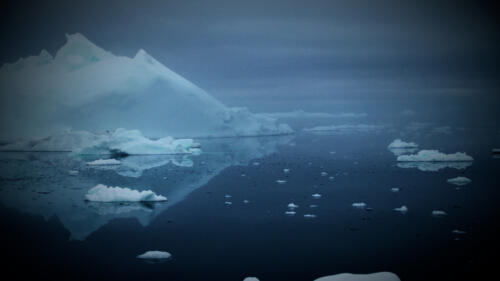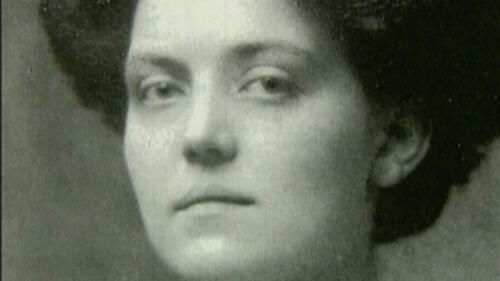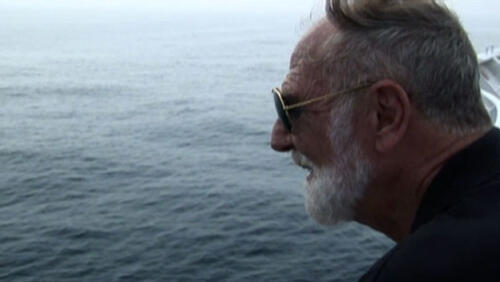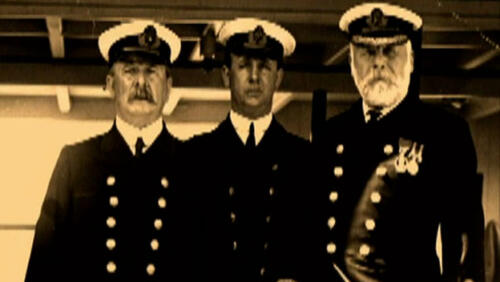The Titanic's Structure
Naval architect Roger Long breaks down Titanic's structure to gain better insight into how and why the "unsinkable" ship sank.
Related Videos
Expedition Titanic
In this History Channel video experience the Titanic wreck and corroded metal and debris everywhere. These are only a few things that a person will see when he examines what remains of the Titanic Ralph White, a master cinematographer, explains his past and present voyages to the wreckage of the Titanic. With forty years of experience, and ten past expeditions into the dark depths of the ocean, White learns something new every time he studies the remains of the Titanic. Through his research, dives, and discoveries, Ralph White hopes to one day fill in the blanks in history about what really happened to the "unsinkable" ship.
Avoiding Disaster on the Titanic
In 1912, Titanic only had 37 seconds to avoid an iceberg. Why so little time, was it the lookouts that lacked binoculars, or that a ship can not make such quick turns? William Murdock investigates if Titanic's tragedy could have been avoided. Captain Charles Weeks teaches a course in the history of the Titanic at Maine Maritime Academy, where he challenges his students to seek the truth. Through experimentation, it is discovered that if the Titanic had a five hundred foot warning, it mostly likely could have avoided the iceberg and disaster that followed. A careful look at the lookouts, determines if it was their fault for the crash. The United States Senate launched an investigation into the lookouts where Frederick Fleet, a lookout, testified that he had asked for binoculars in the crows nest, but was informed that he did not need them. Was the sinking of the Titanic to blame on the lookouts or the navigation team, which selected the path of travel for the infamous ship.







